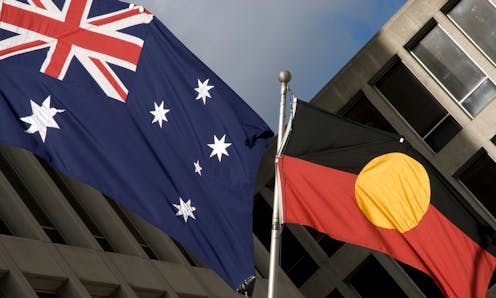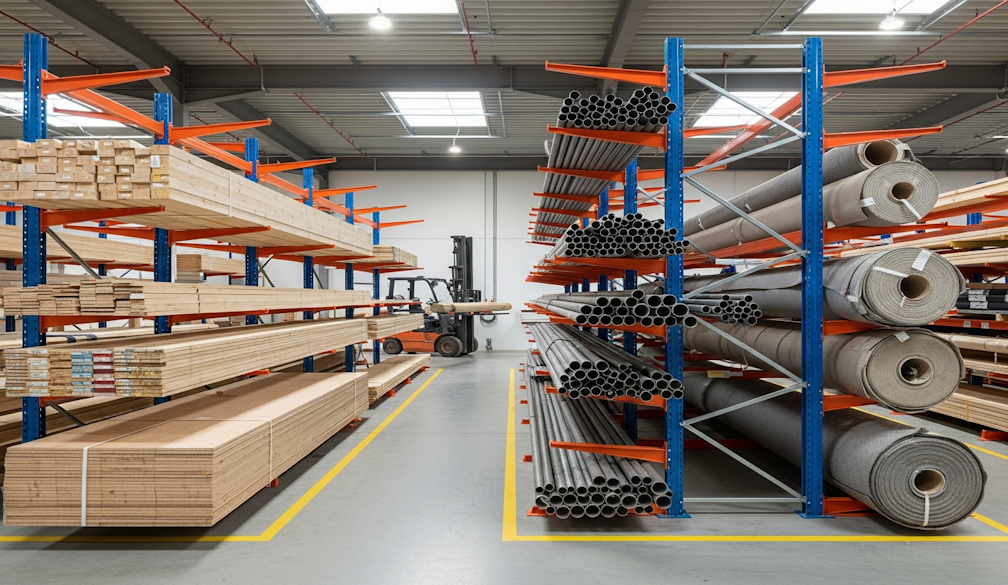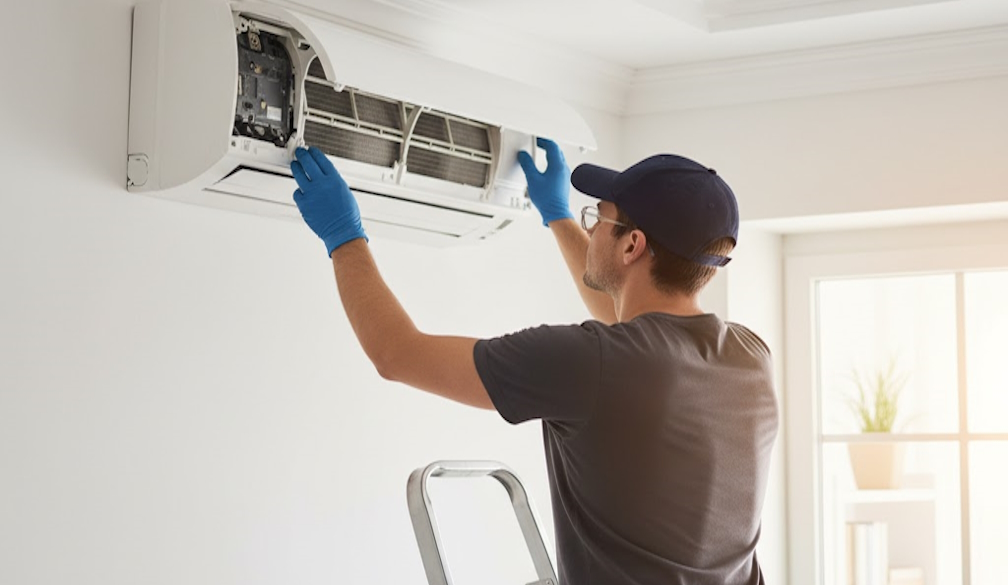There's little reason for optimism about Closing the Gap, despite changes to education targets
- Written by Melitta Hogarth, Lecturer, University of Southern Queensland

This week saw the release of the annual Closing the Gap report. Much like the previous decade of reports, we learned progress was lacking, failure was apparent and in 2018, only two of the seven targets were on track.
This is hardly a surprise. Each year, we’ve heard of the failures and the inability to make a significant impact on the gap.
Read more: Four lessons from 11 years of Closing the Gap reports
When handing down his report, Prime Minister Scott Morrison indicated a shift in the approaches to addressing the disparities between Aboriginal and Torres Strait Islander peoples and non-Indigenous Australians. This shift has been the result of Closing the Gap Refresh, a review of the original goals set in the more formally known, National Indigenous Reform Agreement.
He also looked to embed some of the recommendations made by Special Envoy of Indigenous Affairs, Tony Abbott. Morrison and Abbott have focused specifically on education as a means to address inequities, but there’s little reason to think this will affect real change.
What has changed?
There are three new targets in the Closing the Gap Refresh that will act as drivers in education. They are:
to increase the proportion of Aboriginal and Torres Strait Islander students in the top two bands of NAPLAN reading and numeracy for years three, five, seven and nine by an average of 6% by 2028
to decrease the proportion of Aboriginal and Torres Strait Islander students in the bottom two bands of NAPLAN reading and numeracy for years three, five, seven and nine by an average of 6% by 2028
to have 47% of Aboriginal and Torres strait islander peoples (aged 20-64 years) complete a Certificate III or above by 2028.
The original target set in 2008 to halve the gap in attainment of year 12 or equivalent qualifications between Aboriginal and Torres Strait Islander and non-Indigenous 20-24 year olds by 2020 has been maintained. Presumably, this is because this target, unlike the others, has not expired yet.
The first two targets are ambitious, but also selective in their focus. NAPLAN testing only looks at reading, writing, language conventions and numeracy.
The 2019 Closing the Gap Report indicates there has been significant gains made in reading and numeracy in certain year levels in the national data. The focus may be placed on these two areas because progress has already been seen, so they’re not “doomed to fail”.
Notably, in the other two targets, the original target measured the number of Aboriginal and Torres Strait Islander people who had completed year 12 or a Certificate II. The shift in focus from a Certificate II to a Certificate III is significant. And it hides a political agenda shared within the Closing the Gap report.
That is, by improving educational outcomes and expectations of Aboriginal and Torres Strait Islander peoples, the government can anticipate “a return on investment through reduced service dependency, reduced health and justice interventions and improved education and employment participation” (found on page 59 of the report).
In other words, there is an expectation that education will improve health, reduce incarcerations and minimise welfare dependency.
No more top-down approach to policy-making?
Another significant change is the approach in policy-making and decision-making by addressing the top-down approach and providing space for Indigenous voice. The Council of Australian Governments (COAG) has made a commitment to form a partnership with Aboriginal and Torres Strait Islander representatives through the formation of a Ministerial Council on Closing the Gap.
Read more: Closing the gap on Indigenous education must start with commitment and respect
In my PhD, I analysed the National Aboriginal and Torres Strait Islander Education Strategy. The Aboriginal and Torres Strait Islander Education Advisory Group was predominantly made up of non-Indigenous peoples. There were only two Indigenous representatives within the Advisory Group.
My fear is that this Ministerial Council will simply become a re-branding of the Advisory Group. The power of the non-Indigenous representatives on the Advisory Group had the potential of silencing the Indigenous representatives. The non-Indigenous representatives were drawn from the then-named Australian Education, Early Childhood Development and Youth Affairs Senior Officials Committee (AEEYSOC).
It’s not encouraging to read that the proposed Ministerial Council will be made up “with Ministers nominated by jurisdictions” (found on page 154 of the report). Ironically, partnerships through the Indigenous Education Consultative Bodies (IECBs) existed up until late 2014 when they were defunded by federal government. Only some states and territories maintained their Consultative Bodies.
The sharing of responsibility potentially shifts the failures from federal government to states and territories, and Aboriginal and Torres Strait Islander peoples themselves. This shift can then be used to further perpetuate disadvantage and stereotypes.
Waiving HECS fees for teachers working in remote Indigenous communities
Tony Abbott, as Morrison’s Special Envoy of Indigenous Affairs, has suggested waiving HECS fees for some 3,100 teachers in some 300 schools. He proposes this will give initial teachers incentive to consider beginning their career in remote locations.
But as Linda Burney so aptly reminds her colleagues, the majority of Aboriginal and Torres Strait Islander peoples live in urban areas.
As a former classroom teacher who worked in an Indigenous community for almost ten years, I’ve seen many “fresh” teachers come and go in community. The demands and dynamics of teaching in a community where suddenly you’re the visible minority while you’re still learning the craft and the various other community factors in play, requires maturity and an ability to reflect rather than react.
Now, as an academic working in Initial Teacher Education, I see many teachers who have these qualities. But, many of these students have families and other demands that would potentially hinder their chances to make such a commitment.
Read more: To really close the gap we need more Indigenous university graduates
We also need to ask how systems and schools will ensure the teachers being selected to take on this opportunity are “the very best teachers”, as Indigenous Affairs minister Nigel Scullion put it.
The National Exceptional Teaching for Disadvantaged Schools program, coordinated out of Australian Catholic University, could provide some answers here. Teachers in this project are selected on the basis of their deep content knowledge as well as commitment to social justice.
What’s next?
It’s not lost that we’re only months out from an election. It could explain why the government that outrightly rejected the Uluru Statement of the Heart is now calling for and formalising partnerships with Aboriginal and Torres Strait Islander peoples.
Morrison says “we should […] embrace the requirement to change, we simply will not succeed by continuing to work in the same way” (found on page 7 of the report). It’s hard not to be cynical and think it’s just words and hollow promises.
Read more: Three reasons why the gaps between Indigenous and non-Indigenous Australians aren't closing
We shouldn’t have to wait for answers. We need further clarification on the strategies put forward. We need action – not just snippets of what comes next. Don’t leave us hanging, hoping that the very thing Aboriginal and Torres Strait Islander peoples called for in the Uluru Statement occurs, that “we will be heard”.
Authors: Melitta Hogarth, Lecturer, University of Southern Queensland



















